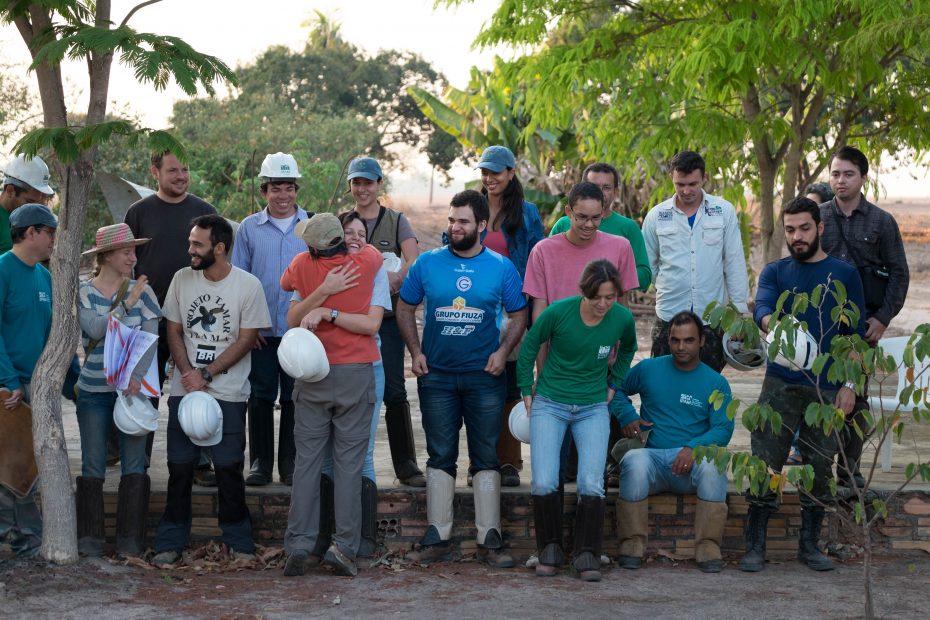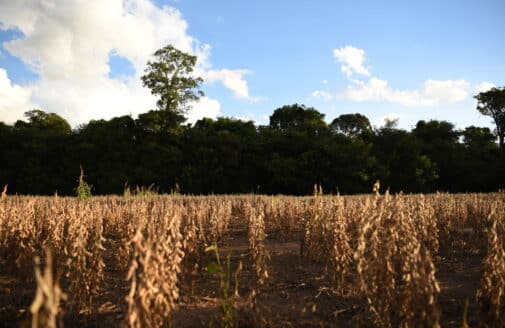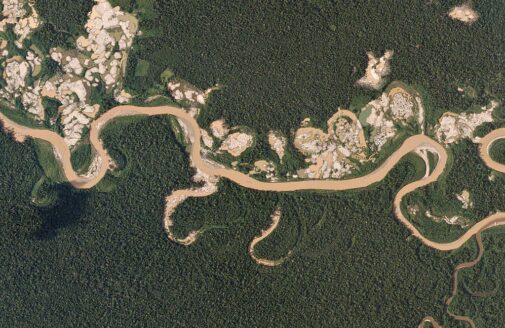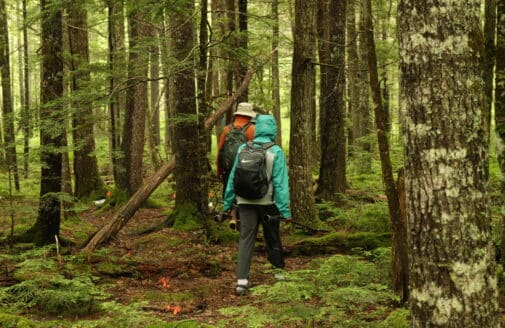Enduring Amazon collaboration delivers scientific advances, policy results
Woodwell Climate & IPAM Amazônia Partnership

Photo courtesy of Paulo Brando
As an alarming rise in fires in the Amazon captured the world’s attention over the summer, research from Woodwell Climate Research Center (formerly Woods Hole Research Center) and our partners at IPAM Amazônia has provided new scientific insight and helped bring new international attention to the need to conserve the Amazon rainforest. It comes at a critical juncture, ahead of the COP25 United Nations climate talks in December.
Woodwell Climate and IPAM Amazônia scientists partnered to estimate this year’s Brazilian Amazon fires produced between 104 and 141 million metric tons of carbon dioxide (CO2). That is equivalent to annual tailpipe carbon pollution from 22.6 to 30.6 million cars, or the annual CO2 emissions from the entire state of North Carolina.
The Amazon has already lost 800,000 square kilometers of forest, an area equivalent to one-tenth of the lower 48 United States, much of it to intentional burning to clear land for agriculture. Learning how to assist forest regrowth can help tropical countries achieve their climate goals to maintain and restore forest carbon stocks in protected forests, indigenous reserves, and private properties, as well as protecting biodiversity and forest ecosystem services.
For 25 years, Woodwell Climate and IPAM Amazônia have led in scientific discovery and in policy interventions, helping create important federal and international level advancements in tropical forest conservation. Our scientists map and monitor tropical forests to understand how they are changing and we have been taking action to protect them. We are experts in the ecology, climate, and economy of the tropics and by developing working relationships with Brazil’s federal government, indigenous leaders, and the industrial agriculture sector, we’ve helped move Brazil from being the largest deforester in the tropics to the single largest protector of forests globally.







